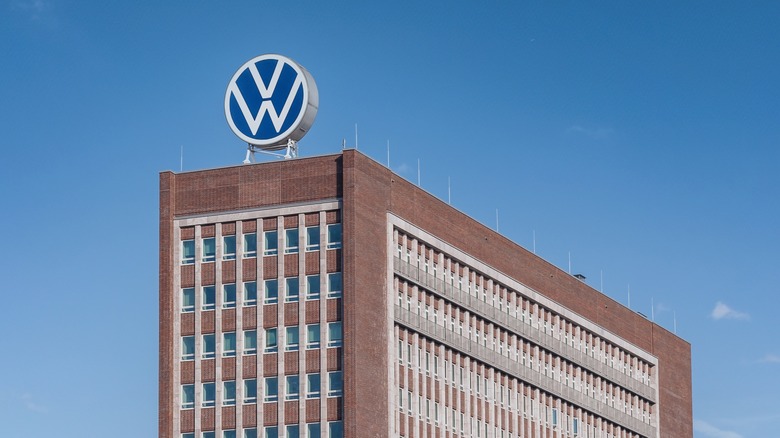
There's no doubt that the Volkswagen Group is a towering colossus in the automotive industry, and really, industry in general. In 2024, Fortune calculated that it was the eleventh-largest company by revenue in the entire world, and also one of the largest car companies. All those hippies in their VW vans never realized what a capitalist powerhouse they were supporting all that time.
It hasn’t always been this way, but over several decades, the manufacturer behind the modest Beetle has engaged in numerous acquisitions, expanding to include a broad spectrum of brands from various countries and market segments. Currently, VW organizes these brands into three categories: Core, featuring their mainstream models; Progressive, consisting of low-production, premium vehicles; and Sport & Luxury, where Porsche operates independently. Examining both obscure automakers as well as industry giants, below is a list of each automobile brand owned by the Volkswagen Group today.
Read more: These Are The Cars You'd Buy If They Were $20,000 Cheaper
Volkswagen
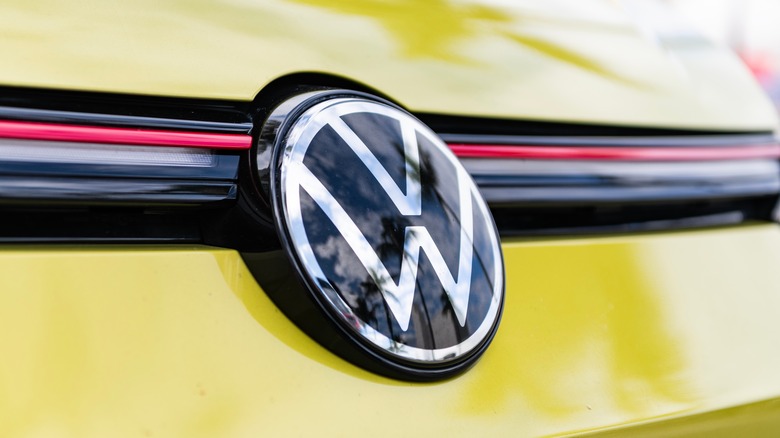
Indeed, the reports hold water: Volkswagen Group controls Volkswagen Auto. The expansive corporate entity known as Volkswagen Group holds ownership over the automotive marque called Volkswagen, from which it takes its name. Translating to "Peoples' Car" in German, this brand has roots stretching back to the initial Beetle model crafted by Ferdinand Porsche (following instructions from Adolf Hitler, who had one redeeming concept under his belt).
Fortunately, the world eventually ditched Hitler but kept the car. Resurrected after 1945, Volkswagen has pumped out a number of iconic cars, including the Golf, the Jetta, and of course the bus, which is currently making an all-electric return Although Volkswagen vehicles can be seen driving on roads worldwide, their popularity has surged exceptionally in China. In 2018, the automaker generated 43% of its profits from this area, positioning Asia’s economic giant as one of the key markets for the German firm alongside Europe. Combined, these two areas account for about three-quarters of all Volkswagens delivered globally.
Volkswagen, the automobile manufacturer, is included within the core lineup of brands under the Volkswagen Group (the larger corporate entity). Typically, their cars cater to a broad consumer base due to their affordable pricing. Affordability was indeed one of the key factors behind its original concept as a "car for the people."
Škoda
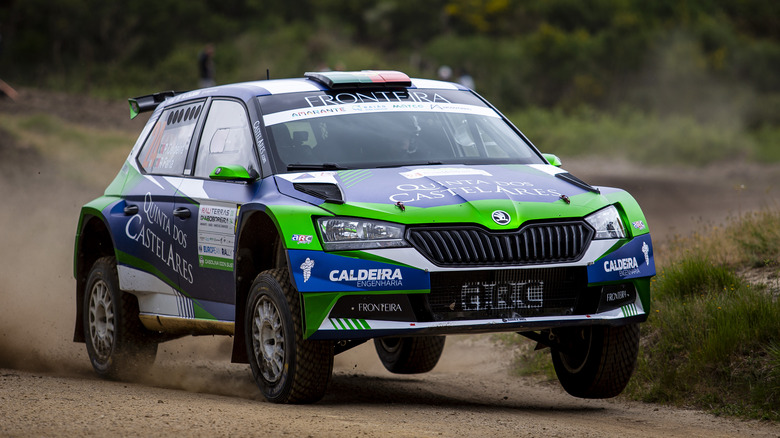
In 1990, following the collapse of the Eastern Bloc, Volkswagen began investing in the Czech automaker Škoda. Over the subsequent ten years, their shareholding gradually expanded until they ultimately took full control in the year 2000. This period was marked by numerous challenges for the Central European marque as it navigated the tumultuous changes within that area. th Century, including state ownership under communism, which, perhaps unsurprisingly, did not produce very good cars. With a new lease on life now, Škoda has grown again into a major player in the European market, and it's making inroads in other regions as well, such as India.
As one would expect, its vehicles are positioned with competitive pricing at the cheaper end of the spectrum, which places it firmly within the Volkswagen Group’s core brands segment. Nonetheless, The firm indeed possesses a racing department. , which has indeed performed quite well. The Škoda Fabia has claimed multiple WRC2 titles over the past ten years.
SEAT And Cupra

In 1990, German automaker Volkswagen completely took over Spanish car manufacturer SEAT following a tumultuous period under previous ownership which involved entities such as Fiat and the Spanish government. Post-acquisition, SEAT concentrated on expanding its footprint within the European automotive sector, primarily through affordable models. Despite this focus, they also aimed at positioning themselves as an accessible sports brand for everyday consumers. To achieve this, they established a high-performance sub-brand named Cupra, akin to how AMG functions for Mercedes-Benz, specifically targeting their premium variants.
In 2018, though, the Cupra brand separated into its own entity. Up until now, it has primarily manufactured enhanced variants of SEAT vehicles — however, beginning in 2020, it launched two models under its own marque: the SUV named Formentor and the electric vehicle hatchback called Born.
As budget choices within the automotive industry, SEAT and Cupra are both under Volkswagen’s Core brand division. Primarily marketed in Europe, they have begun expanding their presence to other areas and aim to debut in the U.S. market by 2030.
Audi
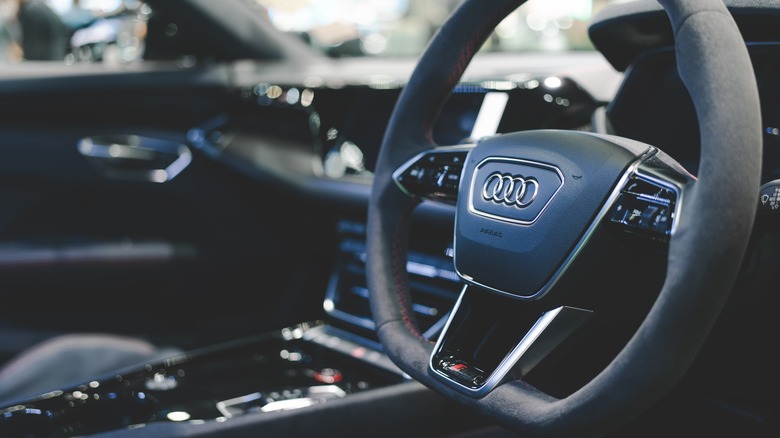
Audi manufactures a variety of vehicles targeting the medium to high-end market segments. Typically aiming for a luxurious experience—although it also offers numerous high-performance variants and editions. This contemporary brand emerged from the consolidation of multiple companies, all under Volkswagen’s ownership in the 1960s. Since then, the manufacturer has become renowned for many groundbreaking technological advancements within the automotive sector. Notably, the introduction of the Audi Quattro brought significant attention to all-wheel-drive technology when it consistently won major rally competitions over an extended period.
Moving ahead, Audi aims to position itself as a frontrunner among traditional automakers transitioning towards electric vehicles. Although it has relaxed its initial firm deadline of 2033 for producing exclusively electric cars, the company remains committed to this path and plans to develop its own charging infrastructure similar to Tesla’s.
While Audi's entry-level cars are relatively affordable, most of its range is priced high enough to push the brand into VW's Progressive group, which is where the high-end and specialty brands live. Audi towers over this group, earning $72.3 billion its revenue and $4.3 billion of its profits in 2024.
Lamborghini
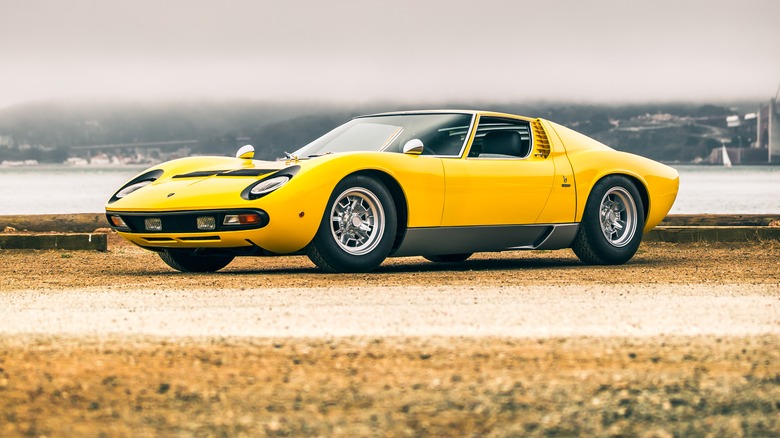
Maybe more than any other brand, Lamborghini embodies flashy, extravagant, and utterly insane high-performance vehicles for the collections of affluent individuals and the dreams of children around the world. Established in the early 1960s as a direct rival to Ferrari, this manufacturer has produced some of the most immediately identifiable and iconic automotive masterpieces in existence, such as the groundbreaking Countach, the angular Aventador, and let’s not forget, One of the most visually stunning cars ever produced, the Miura Despite being too refined and elegant to desire a Lamborghini, you find yourself wanting one regardless.
Throughout its initial years, Lamborghini faced significant financial challenges; however, it ultimately secured a place under the Volkswagen Group umbrella in 1998. Presently, it forms part of VW’s portfolio of luxury and specialized brands known as their Advanced division. Aligned with this group's commitment to electrification, all current Lamborghinis available for purchase incorporate hybrid technology, while an entirely battery-powered model—the Lanzador—is slated for release in 2029.
Bentley
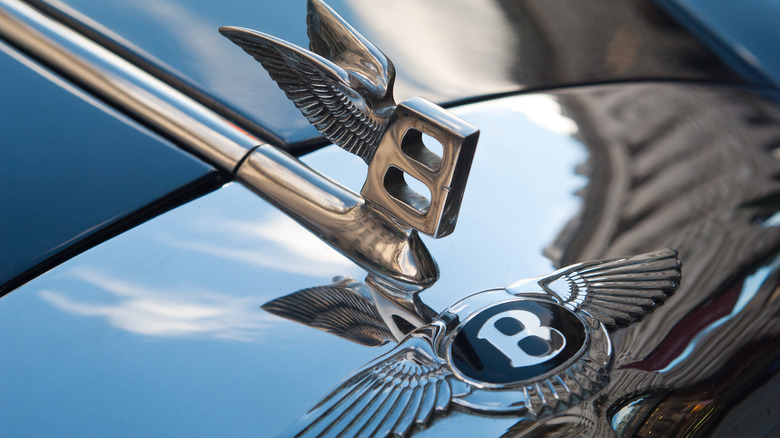
Since its inception in 1919, the distinctive "Flying B" emblem has come to symbolize ultra-luxury British vehicles. Although initially focused on racing, it later evolved into crafting exceptional grand touring cars known for their impeccable blend of comfort and performance, allowing you to travel as smoothly as being aboard a private jet. The cabin of a Bentley could very well have richer appointments and perhaps even more space than where you currently stand.
Given the steep prices of its vehicles, it’s perhaps unsurprising that Bentley hasn’t been a high-volume seller. This lower sales volume naturally makes their business considerably smaller compared to mainstream brands, leading to periodic struggles with maintaining financial stability over the years. By 1998, this issue culminated in Bentley being acquired by the VW Group. Currently, it operates within Volkswagen's Portfolio of luxury brands, essentially acting as the corporation’s top-tier option catering to its most affluent customers.
Porsche
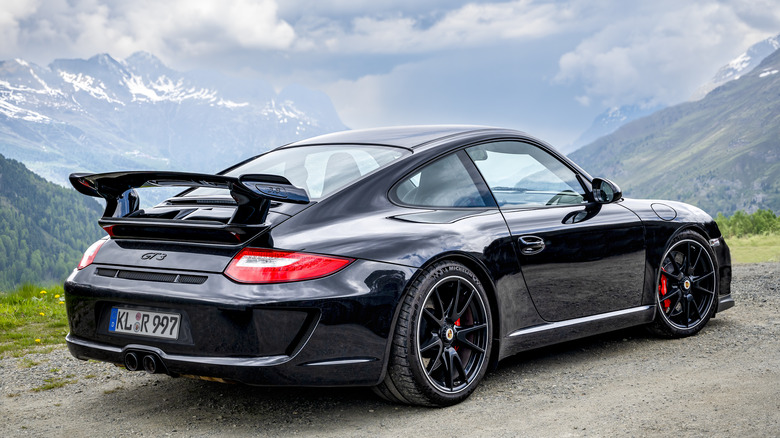
Volkswagen originated with the creation of the iconic Beetle, crafted by none other than Ferdinand Porsche. Perhaps fate intended for Volkswagen and the carmaker founded by him—Porsche—to eventually unite. However, their merger did not occur without conflict; the takeover concluded in 2012 after several years marked by aggressive attempts at hostile takeovers from both sides. Despite being significantly smaller, like David facing Goliath, Porsche initiated this contentious journey. Ultimately, the massive corporation owned by Volkswagen emerged victorious, having sold approximately sixty times more vehicles. Consequently, the sports-car maker based in Stuttgart has become merely another brand under the umbrella of the “Car for the People.”
Despite everything, Porsche continues to be one of the most renowned names in the world of sports cars. The cornerstone of its reputation is undoubtedly its iconic models. The 911, a perpetual icon in the world of automobiles. Next to them today are the mid-engine 718 Cayman and Boxster models, as well as the fully electric Taycan — however, their top-selling model for 2024 is expected to be the compact SUV known as the Macan.
Maybe as an homage to the marquee named after the very first designer at Volkswagen, Porsche stands alone within the bigger VW Group under what’s known as the Sport & Luxury division. To add some complexity, it should be noted that the Volkswagen Group itself falls under the ownership of a holding firm dubbed Porsche SE. So, let’s clarify: this doesn’t refer directly to Porsche AG—the automobile manufacturer—but rather to another entity established separately during their corporate merger. Hence, in strict terms, you could say Porsche owns Volkswagen which then also ends up owning part of Porsche—see, we mentioned how complicated this union can get!
Want more like this? Join the Jalopnik newsletter to get the latest auto news sent straight to your inbox...
Read the original article on Jalopnik .

Posting Komentar
Posting Komentar